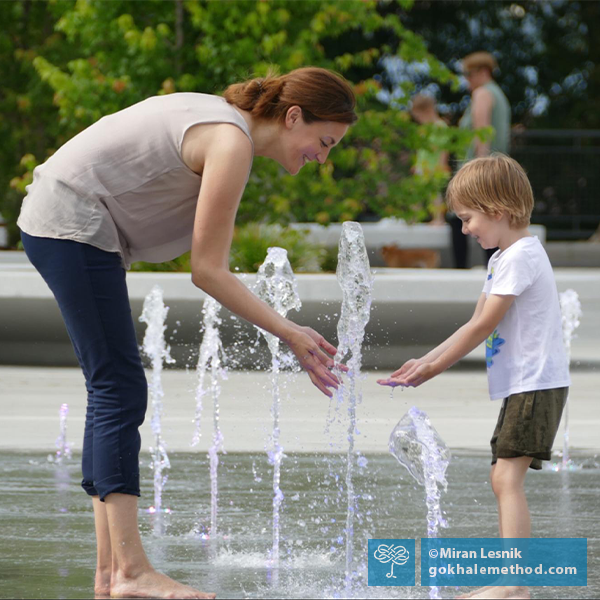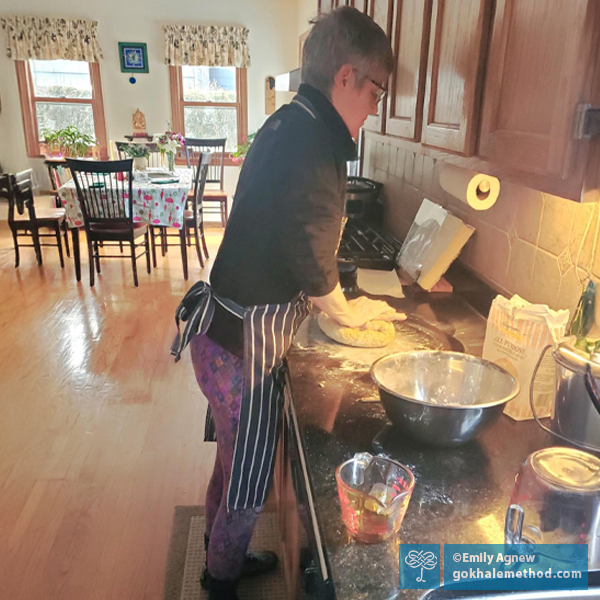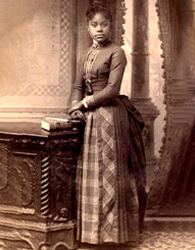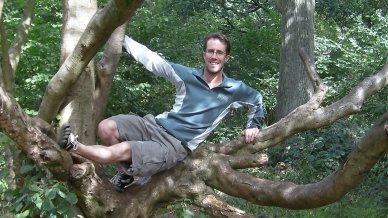The #1 Reason Parents Get Back Pain
The Year Is Yet Young, And So Are You! Emily Agnew’s continuing Success Story
Fiona’s Journey out of Back Ache, via French Byways, to Gokhale Teacher Training
Can I get Gokhale-fit in 9 weeks (for a long overseas trip) via the online Gokhale Elements course?
The DreamThe trip of a lifetime is looming: 3 months in France in Spring 2023—something I’ve dreamed of for a long time. As a 67-year-old Australian, this means a lot of dreaming and a lot of planning! We’re not walking the Camino, though there’ll be lots of walking…it's more about an immersion in beauty and daily life in French towns and countryside.
We're off in search of lush French beauty to top up our more arid and windswept Australian variety—and hopefully shine a light on an elusive French ancestor trail. Freepik
Excitement’s building, home-front preparations are
Outer Corsets and Inner Corsets
Man's Best Friend for Posture, Part II
In the first installment of this story, we discussed some physical movement patterns that can be supported or reinforced by owning / walking / observing dogs. Here, we touch on a few more benefits from having a furry pet!
Carrying and Lifting
As a dog owner, you will find yourself needing to lift well. It may be to carry bags of dog food, a pup, or perhaps a much-loved elderly or sick dog. By following the postural principles of the Gokhale Method, you can do this without strain or fear of injury. The most important techniques for this context are hip-hinging, inner corset, and maintaining a healthy shoulder structure.
Carry your pet with shoulders back, close to your body. Photo courtesy





